Was it the last hurrah of the small scale miners?
Gold mining in Colorado goes back a long way of course. One of the more interesting periods after the initial gold rushes is the Great Depression era of the 1930’s. The industry went into the Great Depression in a weakened condition. In the 1920’s inflation had made the cost of operation prohibitive for many small miners already. Interestingly, the conservative Republicans leading Colorado state government through the 20’s did nothing to help the industry that had created the state. The early years of the Depression continued this theme until the New Deal programs were implemented by President Roosevelt and the Democrats in 1932. Funny how politics evolves over time right? Of course the government interventions would also have its disadvantages as we will see.
The first government actions were considered scandalous by some: requiring a federal permit to export gold, ordering citizens to turn their gold over to the banks in exchange for paper money and abolishing the right to own gold (in excess of two ounces or collectibles), and outlawing contract clauses that required payment in gold. These actions were intended to protect the value of the US dollar which had been dropping as our gold reserves shrank. Soon after this on 1/31/1934 the price the government would pay for gold was increased to $35 per ounce. This spurred excitement in the Colorado mining community and even in the public at large. The government also suspended the requirement for yearly assessment work on mining claims from 1933-1939, reducing the paperwork requirements on small miners.
As you might guess, these changes led to a jump in gold production in Colorado! Gold production in 1934 jumped to over $11 million after barely reaching $6 million the prior year. Every year after that through the 30’s the state produced at least $12 million in gold, reaching a peak of $19 million in 1939. Both hard rock mining and placer mining were rejuvenated in many mining districts across the state. Of course, this new gold rush was like the earlier ones with lots of greenhorns trying their hand at it alongside more experienced miners. The greenhorns didn’t know where to look, how to pan or any of the things needed to actually be successful. So, the government stepped in. The New Deal in the form of the Works Progress Administration sponsored classes in “The Art of Placering” with both men and women taking the training. Of course, many did not travel far with their gold pan or rocker box, the streams of metro-Denver were soon busy with new prospectors. The city of Denver even rented out rocker boxes for five cents a day to encourage the new diggers. Most folks only found “small amounts”, which sounds funny to us when you learn they were finding about 5-6 grams per day! That was enough to feed your family, so it was a real help in rough times.
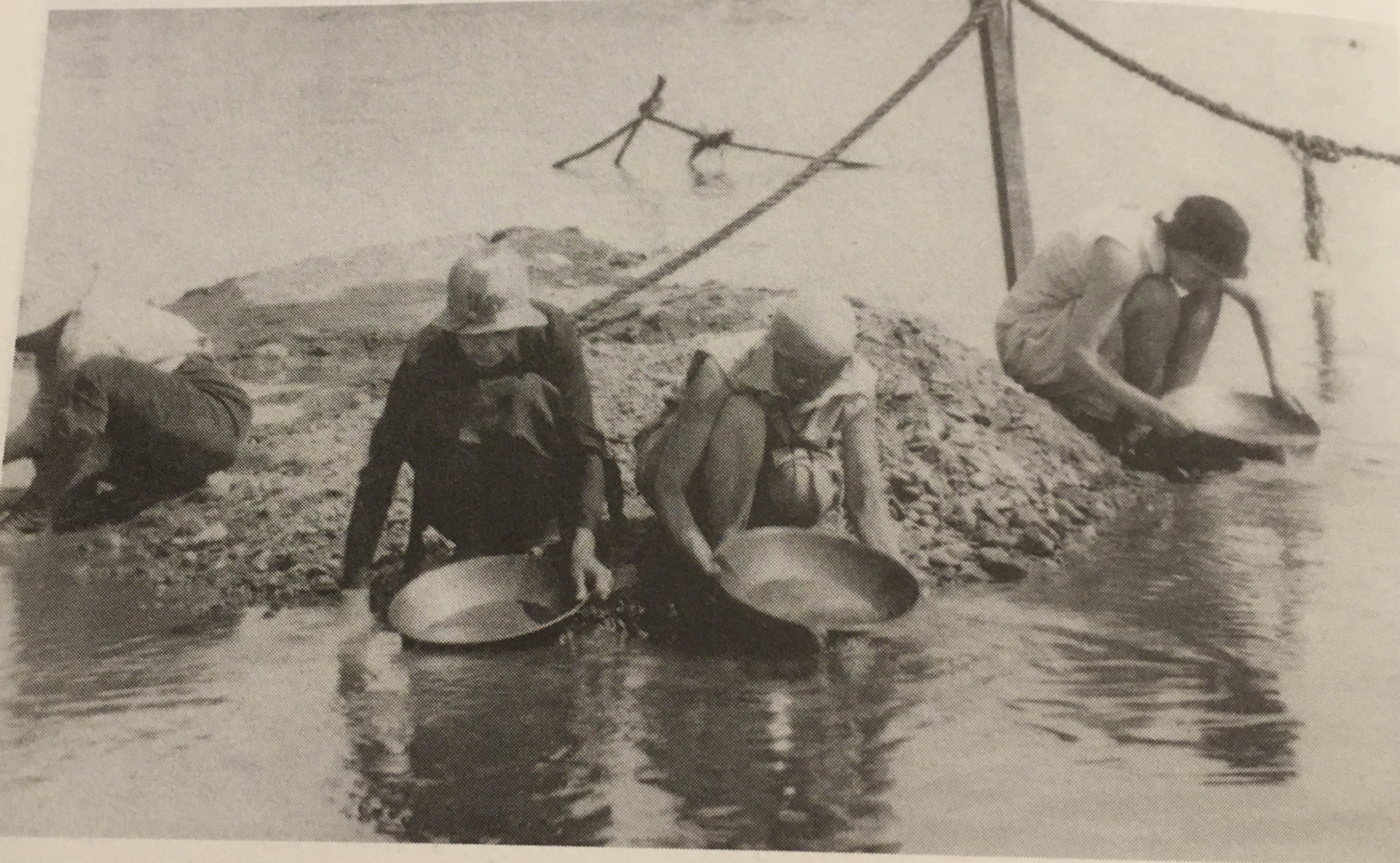
Then again, I think most of us would agree 5-6 grams per day would go a long way toward feeding a family now too since that is worth about $300 in modern dollars.
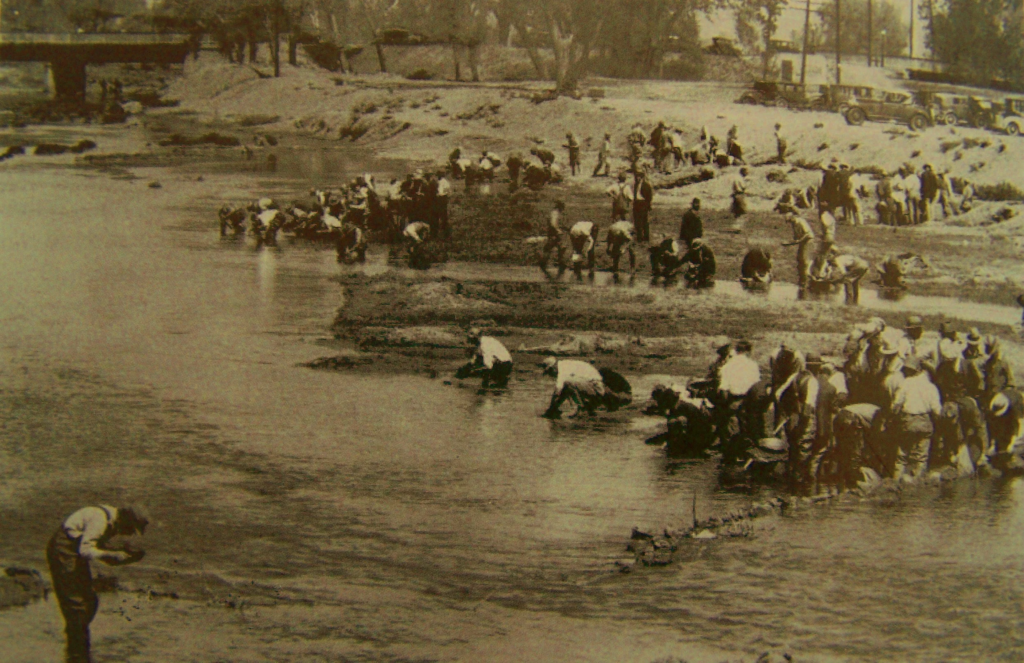
Other old mining districts beyond metro-Denver saw increased activity too. Small mines were reopened across the state and a few really big ones. A 1937 state report showed that the average placer miner in Colorado was finding 60 days to dig and was producing a little over 4 ounces of gold in that time. This suggests prospectors were often placer mining alongside some other job, at least in most cases. However, while interest in small scale placering remained high through the decade, the number of commercial scale placer mines declined as the decade unwound. By 1939 there were only 21 remaining across the state, employing only 119 full time miners. Some thrived throughout the decade, dredging in Summit County near Breckenridge and in Park County near Fairplay continued for example. Even the Happy Canyon placer drift mining operation in Douglas County drew commercial activity in the mid-decade (there’s a reservoir on this spot today). Hard rock mining also thrived with over $5 million produced in the Cripple Creek & Victor area in 1939 for example. Minor excitements occurred in other hard rock districts with new mines being started and old mine dumps being reprocessed as well. Higher gold prices and lower labor/material costs were a boon across the state.
We all know how this ends. World War II started for the US on December 7, 1941, but in some ways the war started much earlier. Armament production ramped up in the late 30’s to provide the British military with much needed weapons. The increase in employment in military-related factories starting drawing labor away from mining in the late 30’s. During this same period, the Federal government created a strategic metals reserve and started buying up copper, zinc and lead at premium prices. This led to an increase in base metals mining which drew miners out of the gold mines. Then war related shortages led to increased federal restrictions on gold mining. First came Order P-56 in March 1942. This deprived gold mines of the ability to buy essential equipment and supplies which were needed on a priority basis by mines producing strategic metals. Then a few months later came the knock-out blow. Gold Limitation Order L-280 in October 1942 closed non-essential mines (gold and silver mostly). There was a loophole for small mines which produced no more than 100 tons of ore per month however the inability to get essential supplies shut down many small mines as well. Finally, skilled miners were told they needed to switch over to essential metals mining or get drafted into the military; this pushed many smaller hard rock gold mines to shut down. These restrictions were lifted as soon as the end of the war was in sight, in July 1945, but the damage had been done.
During the war years, many hard rock mines flooded, making them unsafe to restart without large investments. Those investments were hard to justify due to wage and supplies inflation during the war years. There was some increase in placer mining after the war but factory jobs were easy to find in those years and offered dependable, year-round paychecks. As precious metal mining faded, zinc, molybdenum and uranium took center stage in Colorado and would hold that role for decades.
Of course, today, with gold prices hitting new highs and transportation costs at inflation-adjusted historic lows, mining has new opportunities. One very large mine is operating in the Cripple Creek & Victor area. Several new small-scale commercial placer mines have worked their way through the permitting process over the last couple years and opened up. At the moment, two new mills for hard rock ore have opened in Colorado. One is in Clear Creek County and the other is in Jefferson County. So, who knows, we may be on the verge of another modest boom in Colorado. Only time will tell. All I can say is get out there and “Find your gold!”
Sources: One Man’s West by David Lavender & The Trail of Gold and Silver by Duane Smith
What’s Next?
Just want a quick way to say thanks? Toss me a couple bucks at www.paypal.me/buyabook or if you don’t have all of our books, buy them all here www.findinggoldincolorado.com/fgicbooks/
Learn more about the big commercial mine operating in Colorado here.
Want your own mining claim? Read how to file one here and how to buy one (without getting scammed!) here.
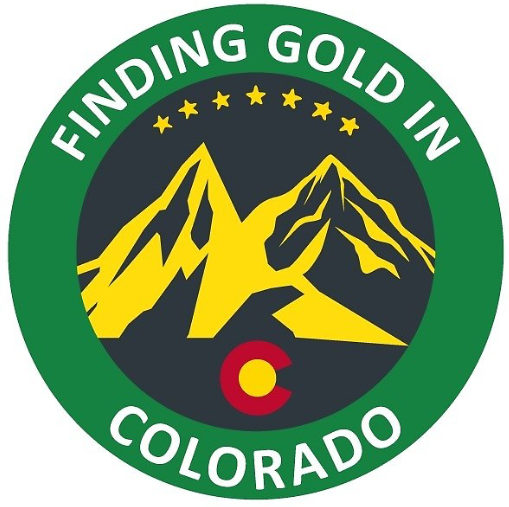
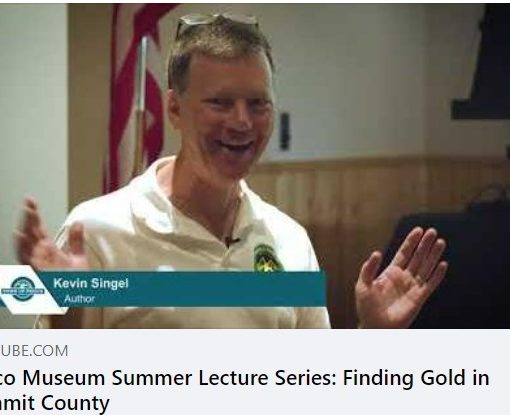
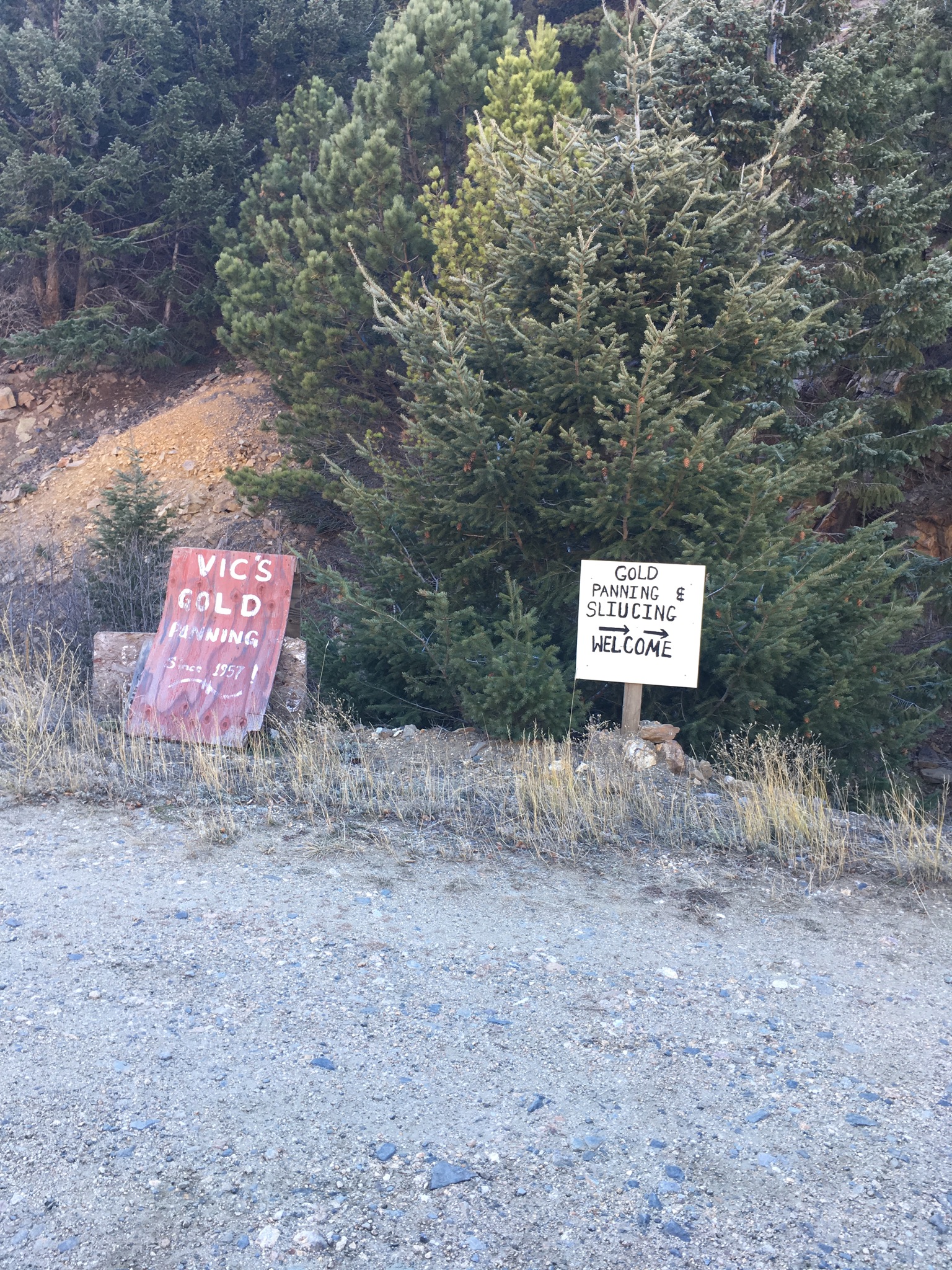

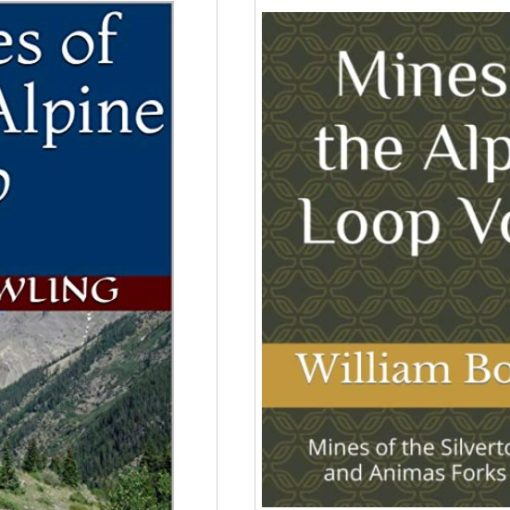

2 thoughts on “Colorado Gold Mining during the Great Depression”
Kevin, Great web site! I’ve been reading the Castlerock Conglomerate information with great interest.
I’ve found your photograph on the Denver Public Libraries Digital Collection site:
https://digital.denverlibrary.org/nodes/view/1041023
You are correct, the photo was taken on the Platte River in 1932. It appears that it was part of a class by the “Public Works Administration” on hydraulic mining. Here are several more that show the same general shot:
https://digital.denverlibrary.org/nodes/view/1041018
https://digital.denverlibrary.org/nodes/view/1041022
https://digital.denverlibrary.org/nodes/view/1041026
https://digital.denverlibrary.org/nodes/view/1041038
I did some detective work to try to figure out where the picture was taken. The first clue, is that it appears that the water flow in the pictures is from right to left. That would put the camera on the west bank of the river, looking downstream. I spent some time trying to identify the bridge. Judging from the trellis work on the side of the bridge, the only bridge that matches is the Alameda bridge:
https://digital.denverlibrary.org/nodes/view/1054935
That would put the scene at Johnson-Habitat Park at S Jason St and Exposition.
Here are several more pictures from the training class:
https://digital.denverlibrary.org/nodes/view/1041017
https://digital.denverlibrary.org/nodes/view/1041027
https://digital.denverlibrary.org/nodes/view/1041028
https://digital.denverlibrary.org/nodes/view/1041033
https://digital.denverlibrary.org/nodes/view/1041029
https://digital.denverlibrary.org/nodes/view/1041031
https://digital.denverlibrary.org/nodes/view/1041032
https://digital.denverlibrary.org/nodes/view/1041036
Here is one more picture I happened upon that shows men working a sluice box in the Platte River near downtown.
https://digital.denverlibrary.org/nodes/view/1049458
Once again, I very much appreciate your work on the web site and gold prospecting books. Keep up the good work.
Larry Fish
Great sleuthing work. I’d always thought the pic was taken just south of Evans but I have to agree on Alamdea!